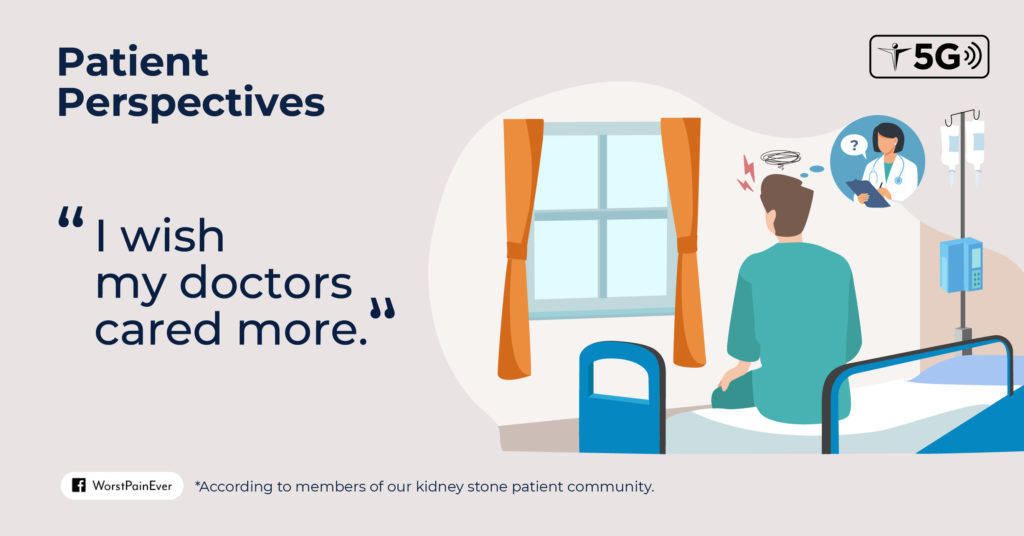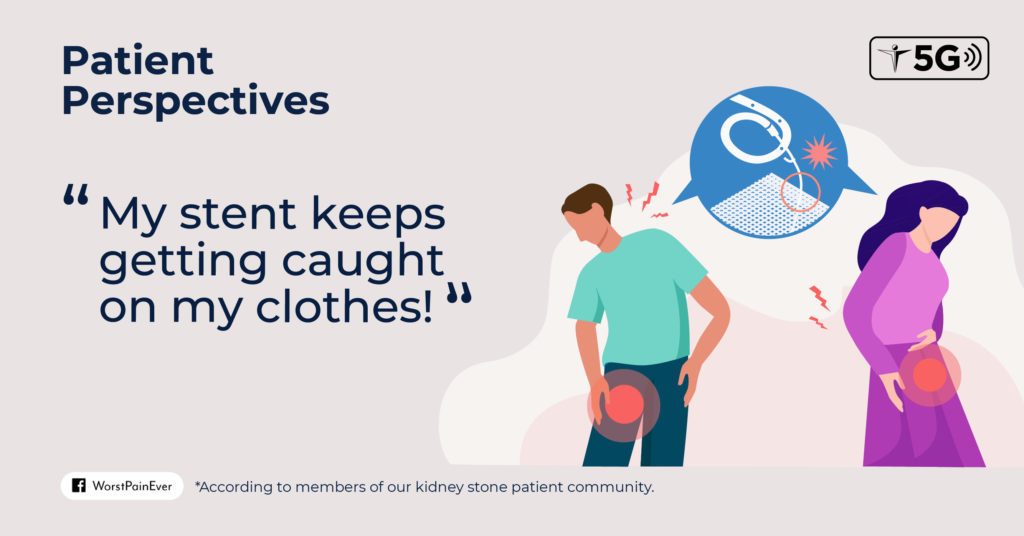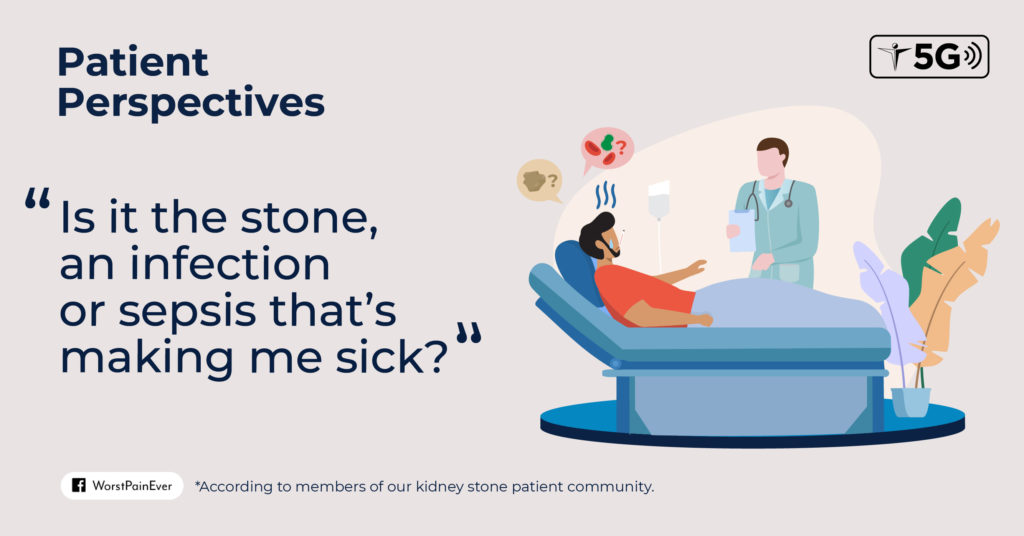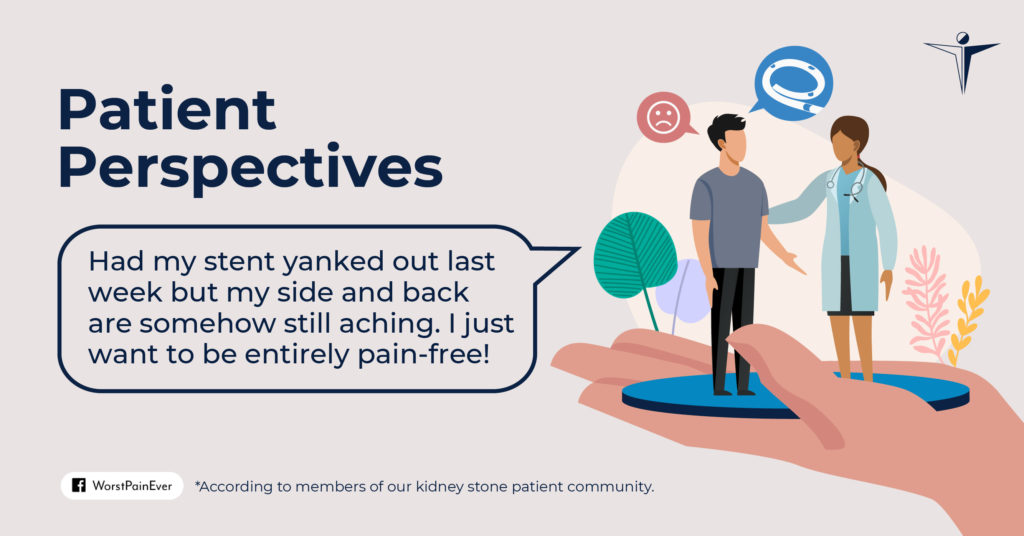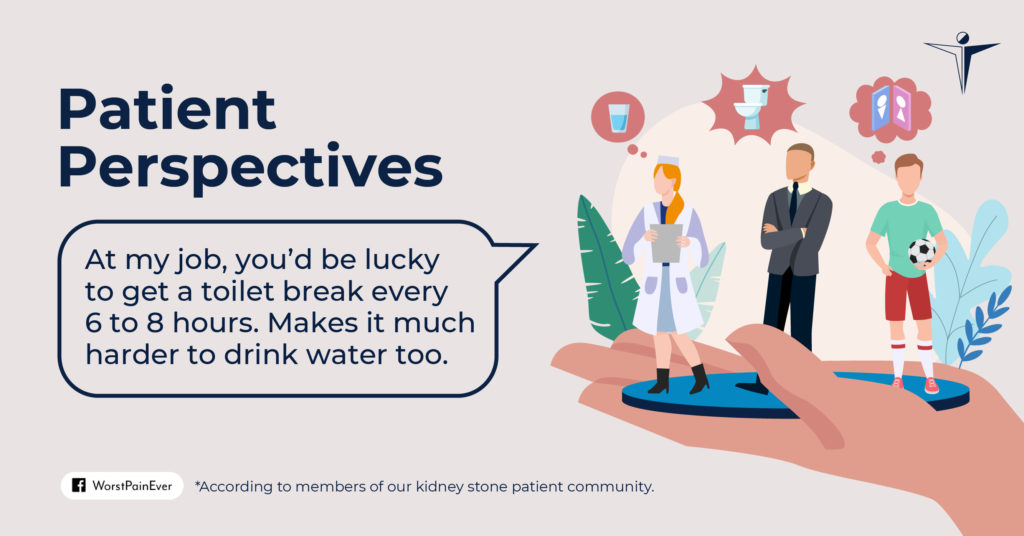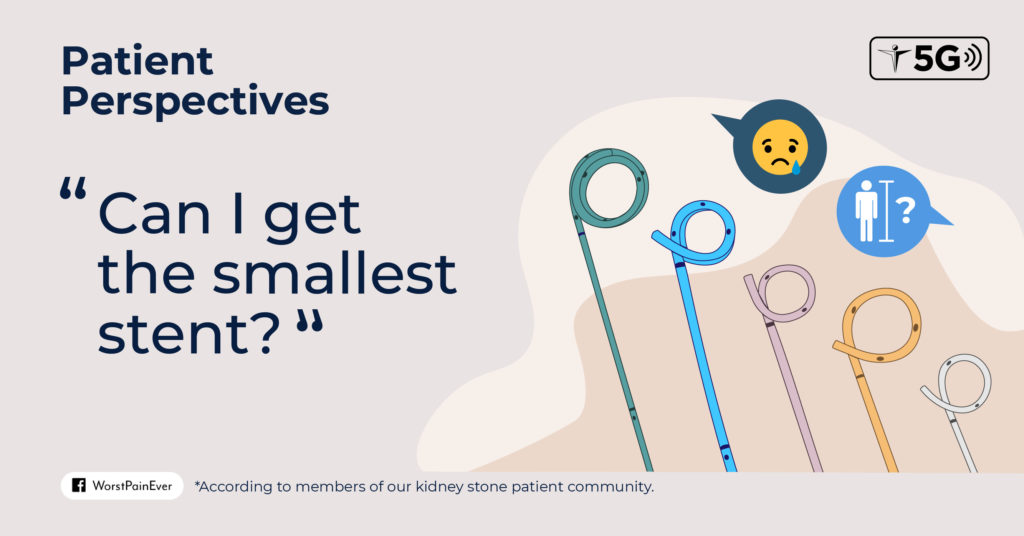For physicians, meeting patients is their everyday routine. For patients however, every visit to the physician’s office could be life-changing. Hurried consultations and poor bedside manners are eroding physician-patient relationships and hindering patients’ recovery. A growing number of patients from our kidney stone community report feeling neglected by their urologists.
Showing respect, listening actively, and using metaphors during consultations are a few ways to reassure patients and communicate empathy*. What do you incorporate in your practice to care for patients?
*Source: Bedside Manner 2020: An Inventory of Best Practices

